There are several forms of bio-identical hormone replacement therapy including pellet therapy in which a pellet about the size of a cooked grain of rice is easily implanted in the upper fatty part of the hip or buttock. The therapy is viable for both men and women; women typically receive 2-3 pellets and men receive 8-12 pellets. They last about 4-5 months in men and about 3-4 months in women, and the pellets never need to be removed. They are completely absorbed, as they contain nothing but pure human-identical (aka, bio-identical) testosterone or estrogen and a small amount of stearic acid as a binding agent to keep the contents in pellet form. This is the exact molecular structure of hormone that your body has been making all its life; therefore, there are very minimal potential, temporary, and treatable side effects which less than 2% of patients may experience.
Pellet therapy was invented in the 1930s and introduced in the U.S. in 1939 by Robert B. Greenblatt, MD, the renowned pioneer of endocrinology. The pellet was used in estrogen replacement therapy (ERT) for women who had undergone radical hysterectomies. Shortly thereafter, pellet therapy was used to administer testosterone replacement therapy (TRT) as well.
The advantage of pellet therapy over other modalities of treatment is convenience and optimally sustained levels of protective hormones essential to healthy aging. Pellet therapy behaves much like the natural endocrine system in that hormone is absorbed directly into the blood stream through cardiac activity and does not have the first pass effect in the liver, as with oral administration of hormone which potentially increases the risk of blood clots and DVTs.
Pellets also offer the advantage of having personalized levels of hormone (determined by lab work and medical history) administered to the body which is bio-available to the body 24/7 for a much longer period as compared to creams, gels, patches, orals, and shots.
Every randomized controlled trial in the past 50 years has shown no harm, and only benefit, with improved quality of life. The 1990 Studd study showed 8.3% healthy bone growth per year with pellet therapy, whereas creams and gels had 3.5% and orals came in at 1-2%. The Susan Davis Study in 1995 showed a positive effect on all lipid parameters with pellet therapy. In 1993, the British Journal of Hospital Medicine showed no increased risk of blood clots or DVTs and reduced cardiovascular risk with pellet therapy, as well as no increased risk of breast cancer compared to oral therapy.
With pellet therapy, patients are able to achieve the symptom relief caused by hormonal imbalance without having to remember to take a pill every day, apply creams twice a day, change a patch every 3 days, or get a shot either daily or weekly. Pellet therapy has been shown to be a safe and effective modality preferred for their convenience of use and stability of hormone levels maintained for a much longer period of time.
Gunther Mueller is an associate with Preventive Medicine Centers in Palm Springs and host of the weekly Vibrant Health Gurus Radio Show on KNEW 94.3FM Radio Saturdays from 2pm-3pm. He can be reached at (760) 320.4292 or www.hormonedoc.com.
Sources: 1) Salmon, U., et al. Use of estradiol subcutaneous pellets in humans. Science 1939, 90: 162; 2) Greenblatt, R. (1949). American Journal of OB/GYN 57, 244-301; 3) Studd (1990) AM, Journal OB/GYN; 4) Recent Advances in Hormone Replacement Therapy, British Journal of Hospital Medicine, 1993; 5) Roger NJ Smith/John WW Studd, et al; 6) Susan Davis, et al Menopause Vol. 7, No. 6, pp.395-401
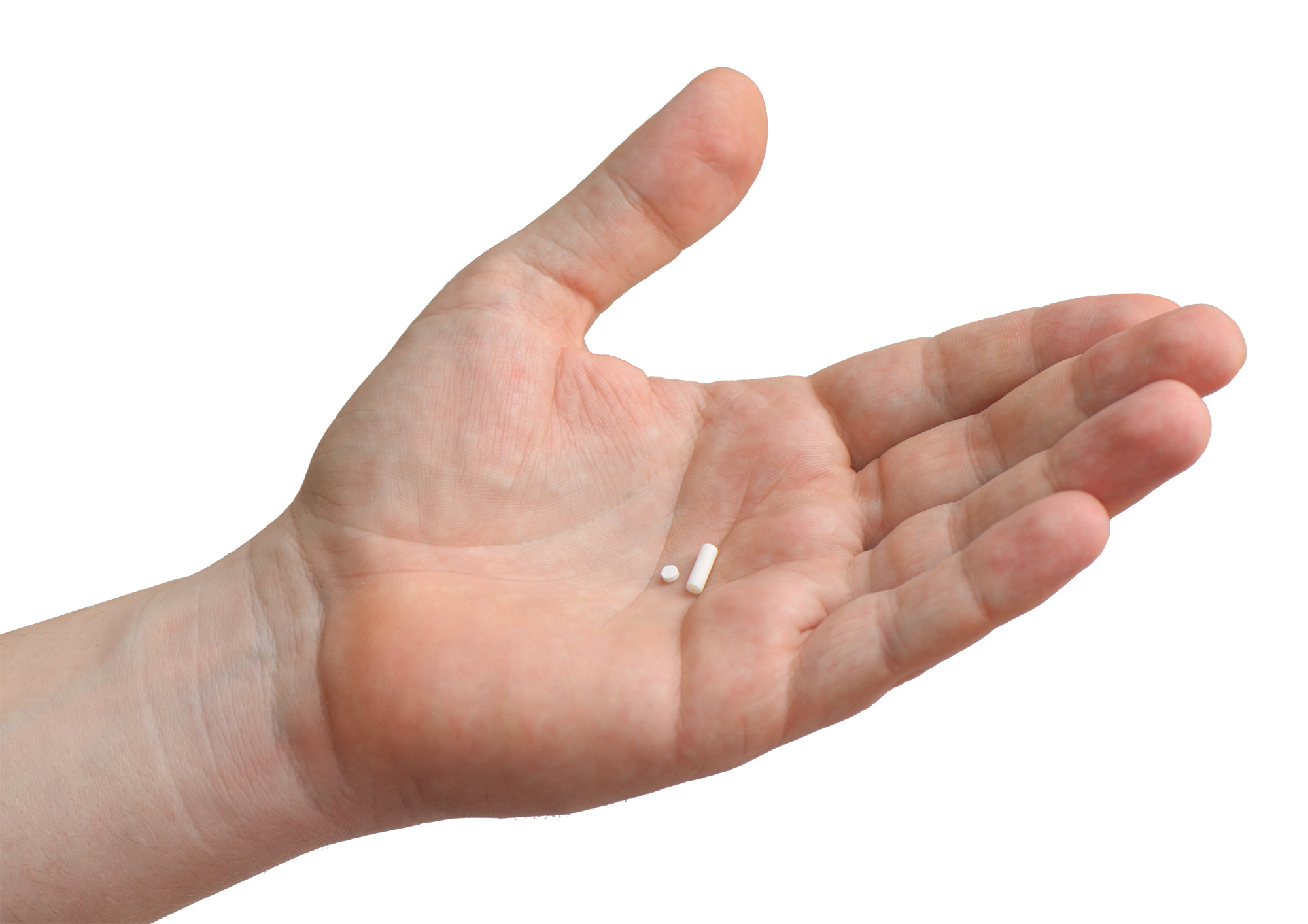





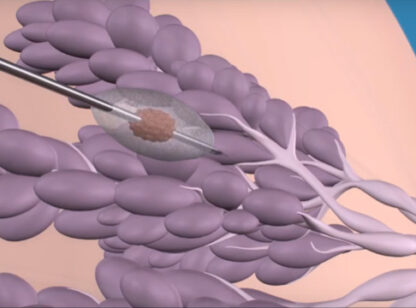



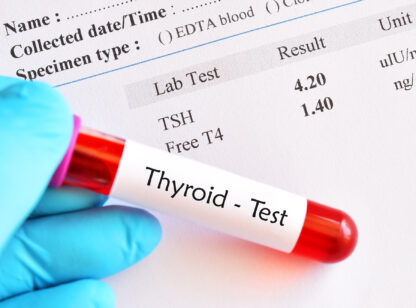


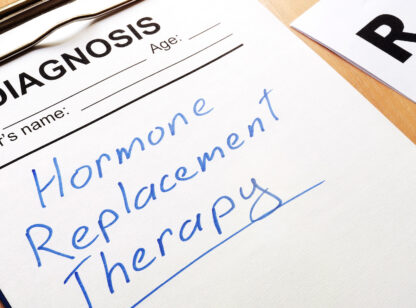
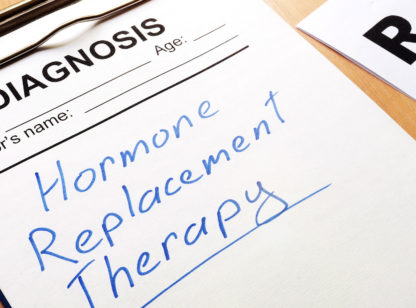

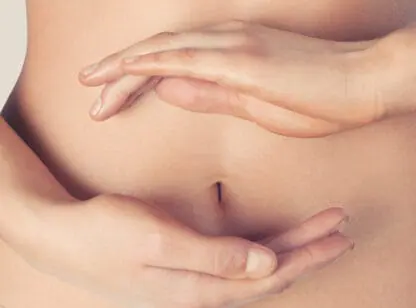




























Comments (0)